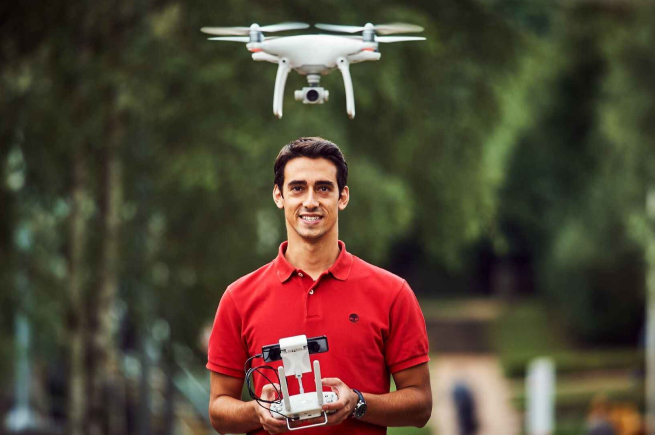Network-connected drones 101
Back in 2017 I had just joined Vodafone’s New Technologies and Innovation team, whose modus operandi was to brainstorm disruptive innovations. As I joined, the team had just delivered proof that it was possible to create cellular coverage in an underserved area using a drone-mounted cellular relay. That was cool, but our team thought that we could do more with unmanned flight.
While we were experts in mobile networks, that expertise didn’t stretch to drones. We contacted a few companies in the space to try and understand their needs, and we ended up hearing one request more than any other: can we use cellular connectivity for Beyond Visual Line of Sight (BVLOS) flights? It was a simple but super exciting idea.
We began by simply strapping a 4G smartphone to a drone as a proof of concept. A few months later we achieved a World First when we developed a network-based system to identify, monitor, control and geo-locate unmanned aerial vehicles.
The key to a network-connected drone is in its cellular connectivity. Most drones are controlled using limited-range unlicensed spectrum technology. The obvious issue with this is that the drone pilot is restricted to a very limited range, but another issue is that the unlicensed spectrum is more prone to interference and safety issues. A SIM-enabled drone, on the other hand, is limited only by network coverage, increasing security and reliability, and opening up an opportunity for BVLOS flights.
Years later, and we now command drones in Southern Spain from our offices in Paddington, London.
Drones for good: reaching where others can’t
Why spend so much time and money developing drones with cellular connectivity? The use cases are really exciting, and in some cases life-saving.
Cellular-connected drones could be used in disaster relief, as they boast a unique ability to safely and efficiently locate people, assess damage and deliver aid. Conservationists could use these drones to track animals and combat poachers. In healthcare we could facilitate all manner of emergency medical deliveries of drugs, blood, organs or samples. The agriculture industry could conduct regular, real-time field surveys to better predict harvests and understand crop health. A similar approach could be taken in infrastructure projects, with drones monitoring progress, inspecting assets and managing inventory.
One thing underpins all these use cases: savings. Most of these tasks are able to be completed with other technologies, but they may not be as efficient and cost-effective – or as cool – as a network-connected drone.
A switch in mindset has further accelerated development within our network-connected drone project. Up until recently we’ve positioned our mobile network infrastructure as a key enabler for BVLOS drone flights, but more recently that positioning has evolved. We’re now focusing on the endless potential of APIs.
The idea is simple in concept: just as Apple opened up iTunes to third-party app developers to spur innovation, so too do we want to make it easier for Vodafone customers to work with us and speed up network-connected drone innovation. We’ve decided to provide data, functionalities, network capabilities and all other relevant information and tools via APIs. It’s exciting to think what our customers might come up with.

 Albania
Albania 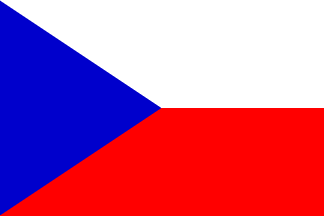 Czech Republic
Czech Republic  Deutschland
Deutschland  Greece
Greece  Ireland
Ireland  Italy
Italy 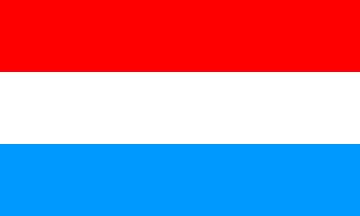 Luxembourg
Luxembourg 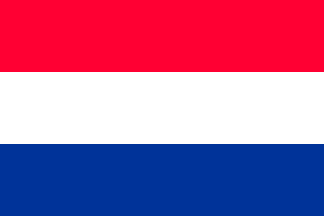 Netherlands
Netherlands  Portugal
Portugal 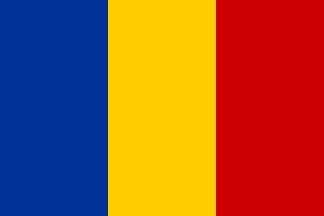 Romania
Romania 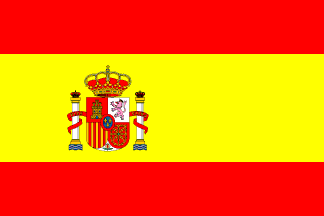 Spain
Spain  United Kingdom
United Kingdom  Asia-Pac Middle East
Asia-Pac Middle East  Turkey
Turkey  DR Congo
DR Congo 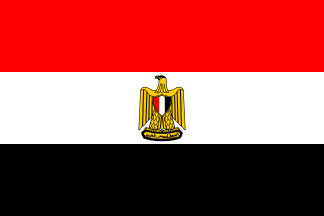 Egypt
Egypt  Ghana
Ghana  Kenya
Kenya 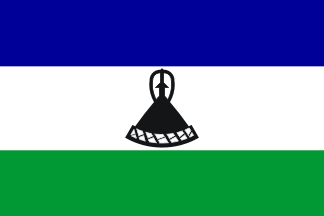 Lesotho
Lesotho  Mozambique
Mozambique  Nigeria
Nigeria  South Africa
South Africa 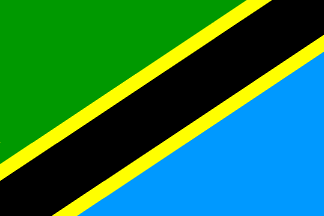 Tanzania
Tanzania 